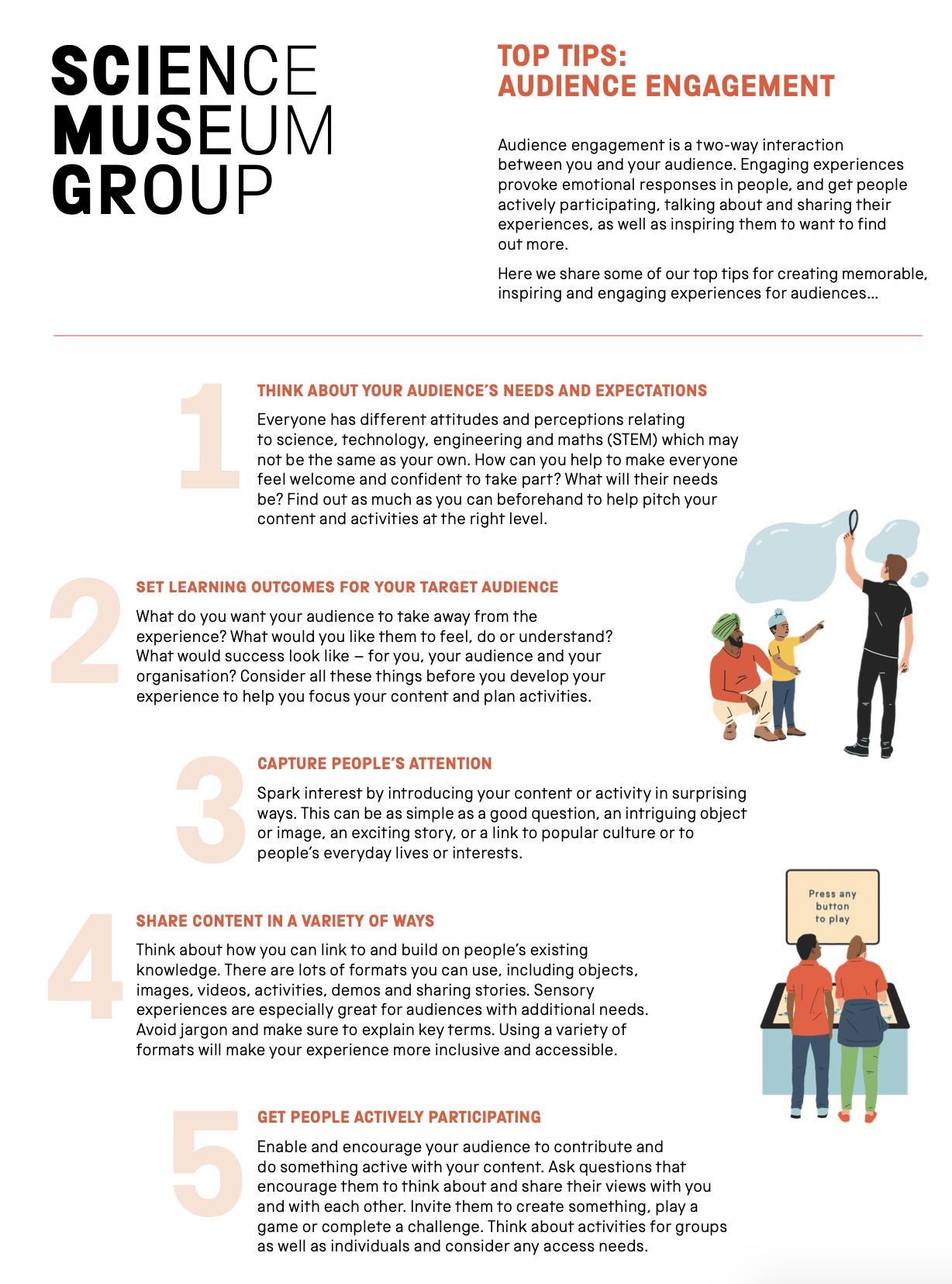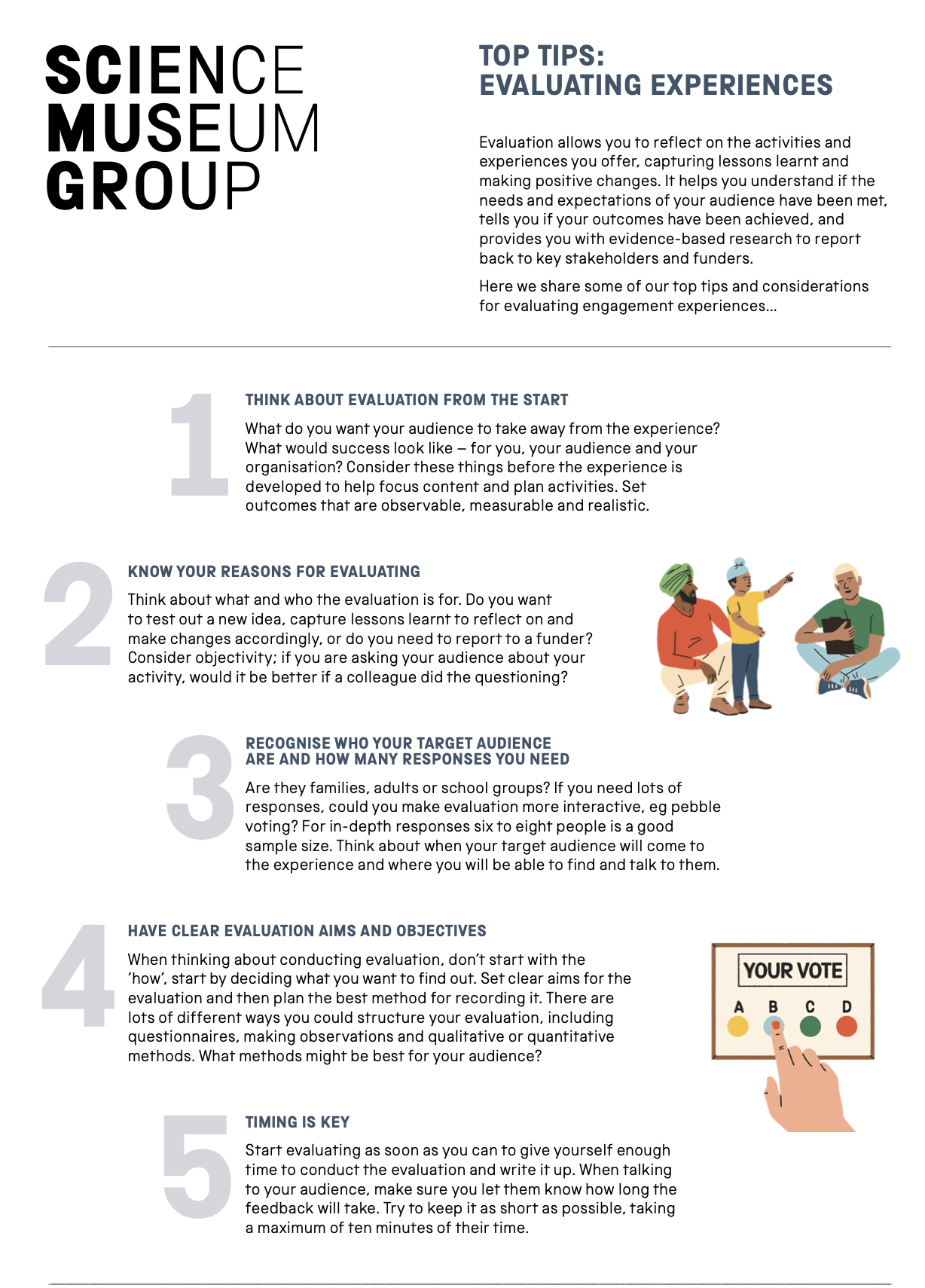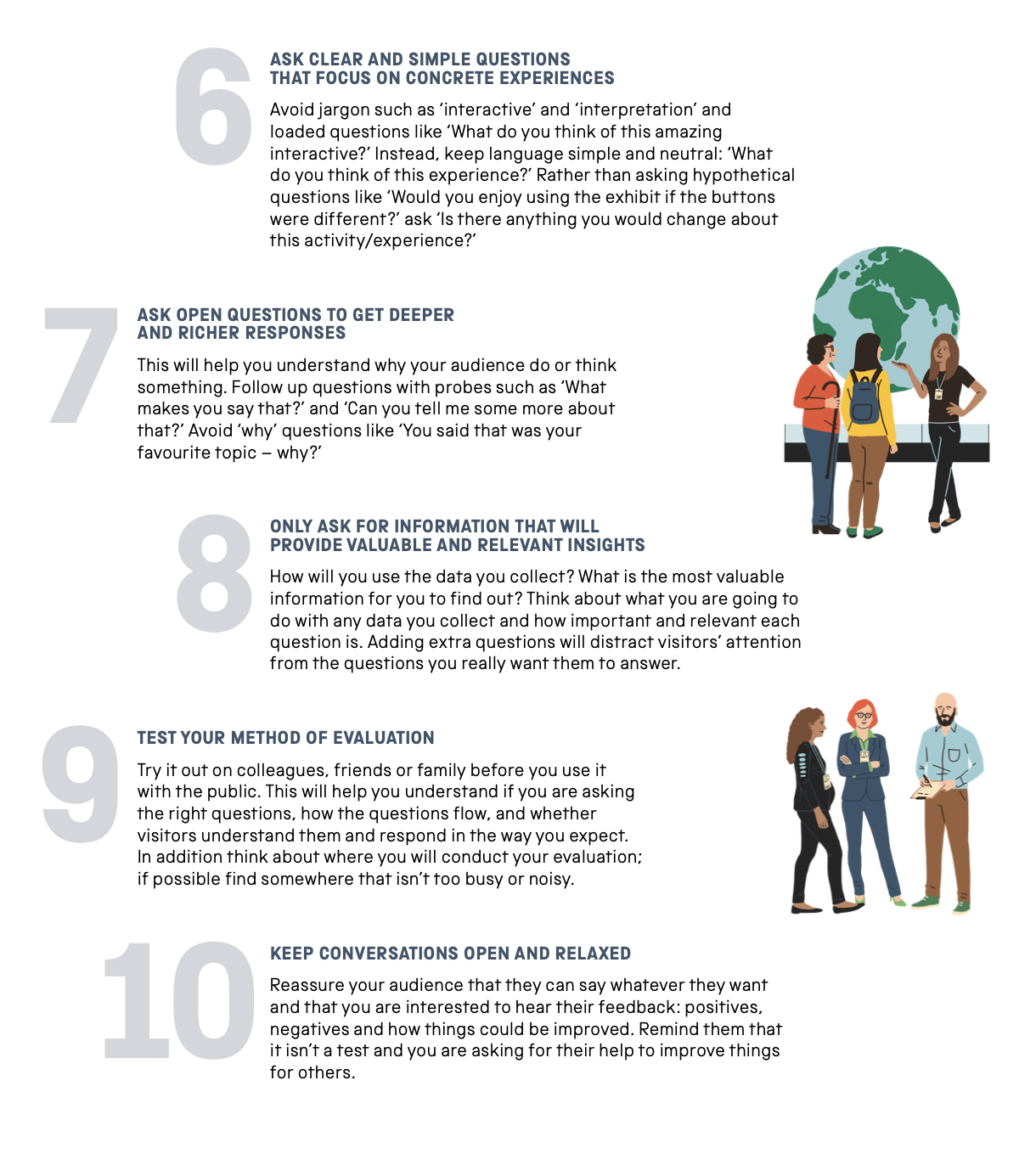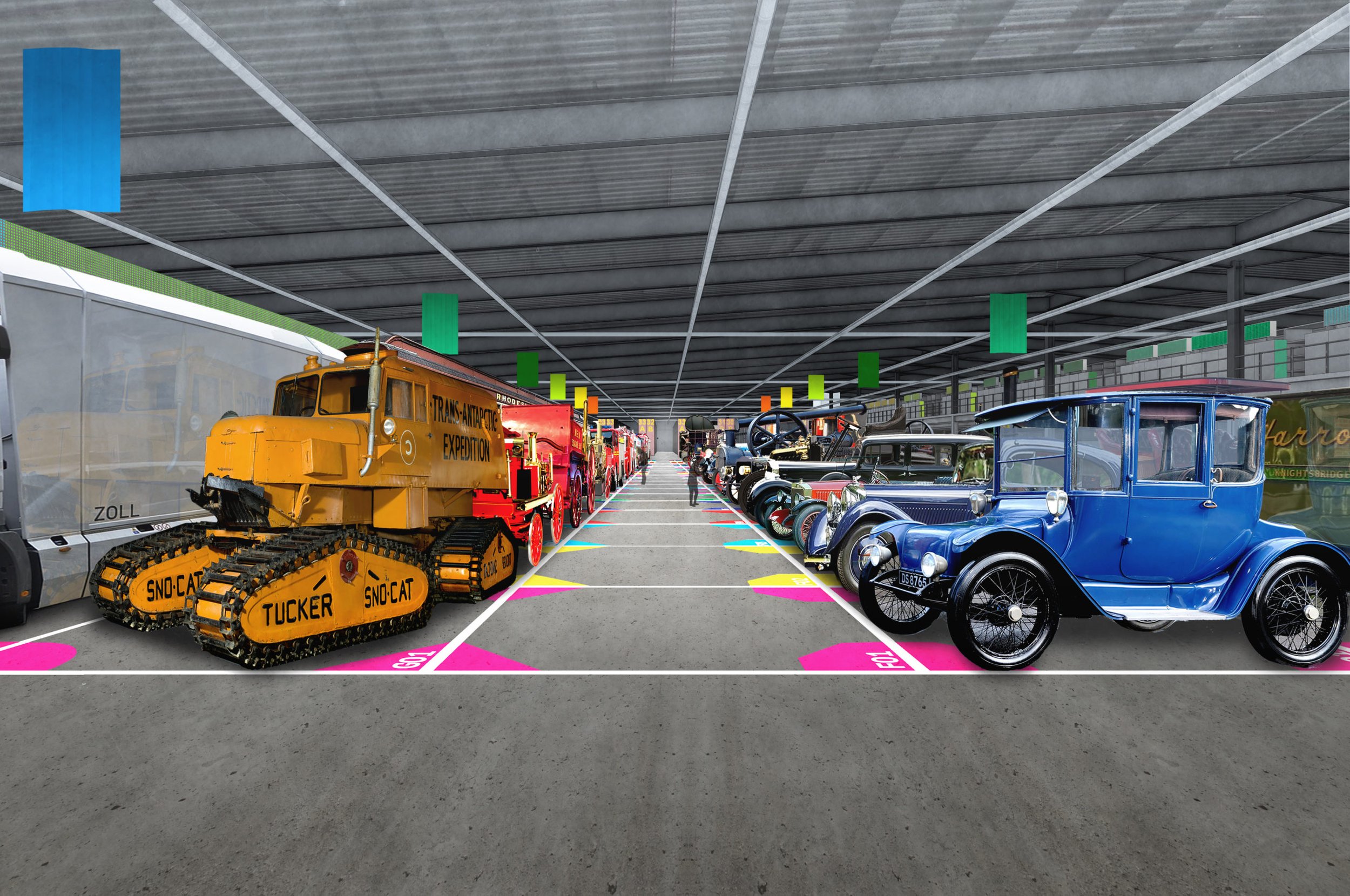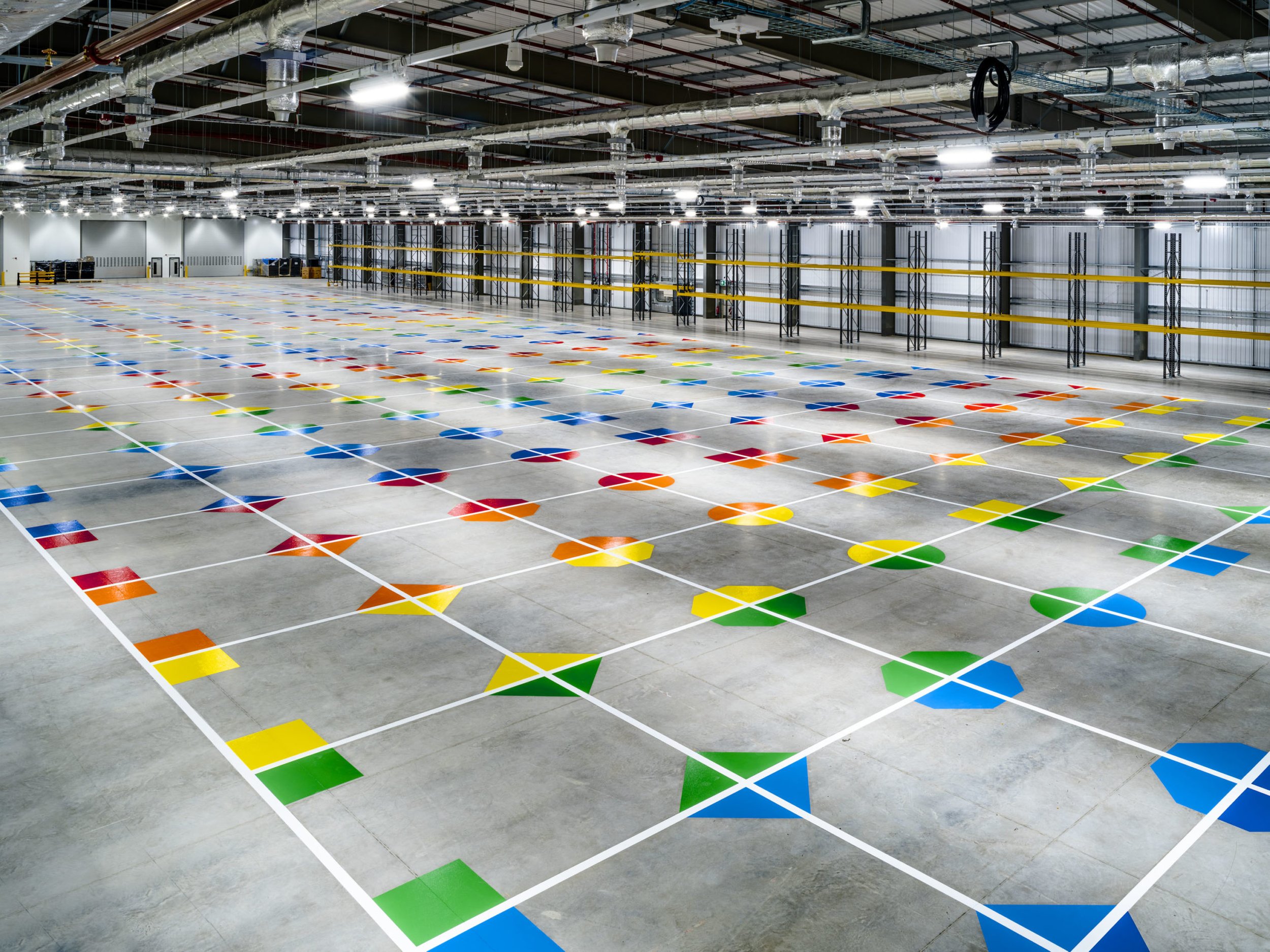Science Museum Group Research
ABOUT
https://www.sciencemuseumgroup.org.uk/about-us/
There are different museums across the country that covers the science museum group; science museum, science and media museum, science and industry museum, railway museum. All of the museums have their own speciality as well as things that make them particularly special.
Learning strategy
https://learning.sciencemuseumgroup.org.uk/learning/learning-strategy-2020-2030/
This article just acknowledges the learning strategy that is place. It talks about how the science museum group is recognised for being with the Stem and other partners. From the origin of the great exhibition of 1851, history of engaging with people of all ages in science. “We inform, inspire and encourage learning on-site, as well as through outreach and online. We ignite curiosity around STEM by assisting discovery through active participation and social interaction.”
Inspiring futures, - Reach out, collaborate, innovate and lead.
Approach
https://learning.sciencemuseumgroup.org.uk/our-approach/
The mission of the science museum group, is to inspire futures. How can they have the opportunity that gives them the economic benefit? Bringing diversity and more people to engage in stem. Within this resource it also speaks about how they are engaging with science captial.
Science capital is research based insights. “The more science capital you have, the more likely you are to feel that STEM is useful and important in your life, something you have a stake in and which is ‘for you’.” `It is important to note that everyone has different experiences with stem. Everyone should feel able to study if they want too. “This means changing the environment that we invite audiences into so that everyone can make meaningful connections with the science, technology, engineering and maths that shapes their lives.”
Sharing our engagement
https://learning.sciencemuseumgroup.org.uk/academy/sharing-our-experience/
This resource looks at the science museum groups approach. They talk about their approach of how they have the opportunity to work with both large audiences, small, on site and off site programmes and via the web. They also share some resources which are really helpful to understanding audience engagement, evaluating experiences.
Open for All
https://www.sciencemuseumgroup.org.uk/our-work/open-for-all/
This is one of the core values of the science museum group. “We are committed to ensuring that all people, be it our colleagues or the millions of people who visit our sites or engage with us online, see our museums and sites as places for them.
Our public programme, accessible practices, and the stories we tell through our collection all play an essential role in creating spaces that are open for everyone.”
This resource is looking at how they are able to make more of the collection accessible to more people. A lot of people are researching the website rather than browsing and a lot of people have found things by object. There are also points to how they want to improve the experience of the website for users.
Collection Stories + Engagement
Within this article by Emily Fildes, she talks about how online storytelling is a growing area of interest. Looking at beyond digitisation and bringing the collection to life with more audiences than beyond the museum wall.
To enable interaction with the collection, there needs to be stories behind it. They started by looking at some of the content that they had delivered before. This was from a series of online stories:https://webarchive.nationalarchives.gov.uk/ukgwa/20150804111146/http://www.sciencemuseum.org.uk/online_science/explore_our_collections/information_age.aspx as well as a gallery at the science museum.
Over the years they had done some audience research on what they thought their audience needed. Which they used a mixture of quantitive and qualitative data. There was a range of ages but also a range of reasons as to why they were visiting the site. This has a huge impact on the way that the science group approach presenting their information. The main outputs were as follows:
Well structured
Find-ability
Media Choices
Enjoyable
Starting point
There was a change of use and an increase in the amount of users on the site. Making sure that they continue to use audience research in the future.
COLLECTIONS
Collection
https://www.sciencemuseumgroup.org.uk/about-us/collection/
Diverse collection of 7.3 million items. Telling the story of our world.
140,000 medical items
38,000 railway
26,000 scientific instruments
17,000 photographic and cinematographic
7,000 artwork
Able to see the work online via the website aswell as visiting it in person.
Collection Facility
https://www.sciencemuseumgroup.org.uk/blog/first-objects-arrive-in-new-home/
This article on the science museum group, is talking about the range of 300,000 objects that have arrived in a collection facility in Wiltshire. It talks about the conditions of the space and how this looks at the long term care of the collection. “The new facility enable us to better store, conserve, research and photograph our unique collection, while also improving the process of displaying items in our five museums and increasing the number of items we will be able to loan to UK and international institutions.”
The larger items are housed on the large open space with the colourful grid which was designed by sam jacob studio. The floor system looks at housing the items effectively. Helping people find their way around the space. They are also placing all the collection online.
Sustainability is mentioned to be at the heart of the facility, with high insulation and airtight design which is needed for the long term care.
“A ‘fabric first’ approach has maximised the performance of the facility’s building materials, reducing energy consumption, costs and carbon emissions. Solar panels contribute to the facility’s electricity needs, while a loading bay airlock, limited access points and smart LED lighting further reduces energy usage.
Outside the facility, dedicated electric car charging points will encourage more sustainable transport methods, complementing the hydrogen and electric vehicles we already use. Recycled plastic road materials and grasscrete are providing more sustainable surfaces for access roads and the service yard, aiding drainage and reducing carbon emissions.
Rainwater falling on the facility will be captured, helping create a large wetland area encircled by Clouts Wood, a Site of Special Scientific Interest. Constructed at the National Collections Centre, the facility will also join the site’s 30 hectares of native woodlands and one of the UK’s largest solar farms.”
Managing the Collection
https://www.sciencemuseumgroup.org.uk/about-us/collection/managing-the-collection/
Within this resource, it talks about how they maximise the collection that the public are able to see, working closely with the museums across the UK. They are constantly looking to add more to the collection and are currently reviewing the collections to see if they are more suited in other institutions.
Objects and Stories
https://www.sciencemuseum.org.uk/objects-and-stories
They currently have a search engine which allows people to come and search on the website but you really need to know what you are looking for to find the right thing. You can also explore the stories and some of the collection highlights as well as explore by topic.
EXAMPLES
Interfaces
https://www.pinterest.co.uk/stacking/museum-online-collection-generous-interfaces/
Their pinterest page was super helpful to look at different interfaces that the science group could potentially adopt for different collections and different types of objects and media.
https://www.are.na/lozana-rossenova/alternative-archival-interfaces
This was similar to the pinterest page of looking at experimental archive interfaces that could potentially be adopted by the science group. A lot of them were really contrasting of each other and theres obviously a lot of ways of doing something.
https://thesciencemuseum.github.io/never-been-seen/
This interface which is promoted by the science group which allows you to click on the image to learn more about the object.
Museum in a tab
https://chrome.google.com/webstore/detail/museum-in-a-tab/cimeodcpfcofmebahghcaiiidbaijnkl
To help raise awareness of the collection, this is museum in a tab. It is a new google chrome plug in that means you are able to see objects from across the collection each time you open a tab. This encourages the user to share it on their twitter or other social media to raise awareness.
A different approach
https://lab.sciencemuseum.org.uk/exploring-museum-collections-online-some-background-reading-da5a332fa2f8
In 2017, the science group launched its online collection. More and more objects are being digitised. There are new ways to how we approach looking at online collections. This particular article looks at some of the background reading that has been done in relation to that.
The challenges:
The collection is heterogeneous with an incredible diversity of collections — bicycles, medical bottles, locomotives, artworks, computers, musical instruments, etc. — which would need (or possibly not?) to be represented in the discovery interface.
Our digitisation project is rapid and prioritises breadth over depth so it is likely that for the vast majority of objects catalogue data will be thin with only a handful of fields populated at first.
This means that there will be few data dimensions to use, although we’re wondering about using additional data sources such as Wikidata, Dbpedia, image recognition and optical character recognition to gather more data.
Structured data such controlled lists, vocabularies and other ways of interlinking related catalogue records are only sparsely used.
Within the existing catalogue there is some imperfections and gaps in catalogue record data that could well be amplified by a rich, interactive user interface.
Finally, one of the joys of visiting museums is serendipitous discovery of interesting and inspiring objects, how might this be replicated digitally?
